In the previous post we talked about hot-stamping as one of the most common techniques in paper processing. Another one of the most commonly-used methods for personalising publishing and packaging projects is screen-printing. As in the case addressed above, it is important to know first of all what this operation consists of in order to be able to explore the different elements involved in the final outcome in greater depth.
Screen-printing is a printing technique that consists of transferring an ink to any surface or material. This transfer is performed using a screen containing the final drawing, over which a squeegee (blade) is slid in order to distribute the ink and to remove the surplus. This method is particularly indicated for smooth materials, although when performed properly it can be applied to all types of surfaces and even to embossed paper.
There are many types of screen-printing and many different machines for performing the process, meaning that the most suitable one must be chosen depending on the material or the specific application of the project in question. We shall now go over the factors to be taken into account to obtain optimal results in the graphic industry based on our experience and collaboration with Esparbé.
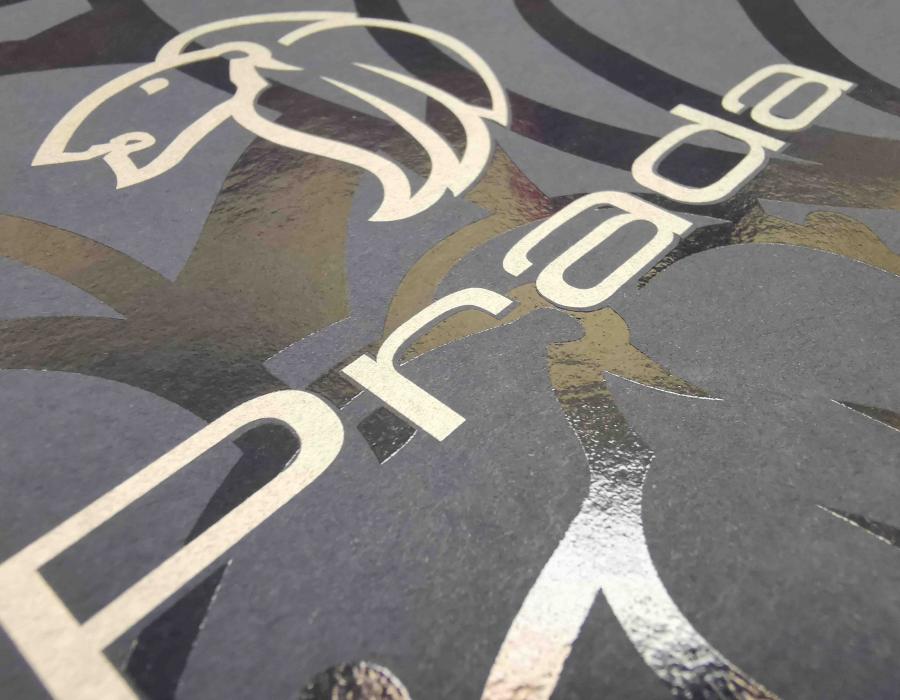
1. Sceen
This printing technique is performed by means of screens, consisting of a frame that stretches a mesh, like a mosquito net. This structure is sublimated and the image to be reproduced is obtained in negative on it, or in other words, all the holes in the mesh are covered except the ones to be printed. There are different types of mesh, depending on the number of threads they contain per square centimetre, which may range from 15 to 165. The greater the number of filaments on the screen, the better the final definition and detail will be, and the more liquid the inks used must be to penetrate into the small holes.

2. Machine
Another one of the factors that will determine the process is the machine to be used, which may be manual or industrial. The first option operates like a hinge, making it possible to place the object to be screen-printed under the screen in order to spread the ink with a blade – or squeegee – over the surface. In this way, the ink is transferred through the non-sublimated part and the surplus is removed. Drying is also performed manually.
On the other hand, the industrial machine used to apply this technique resembles an offset UV printer, albeit with flat “printing”. It is therefore comprised of a paper feeder, a flat body where the ink is applied and a tunnel dryer. Interestingly, this tool can have a capacity of more than 35,000 sheets a day.
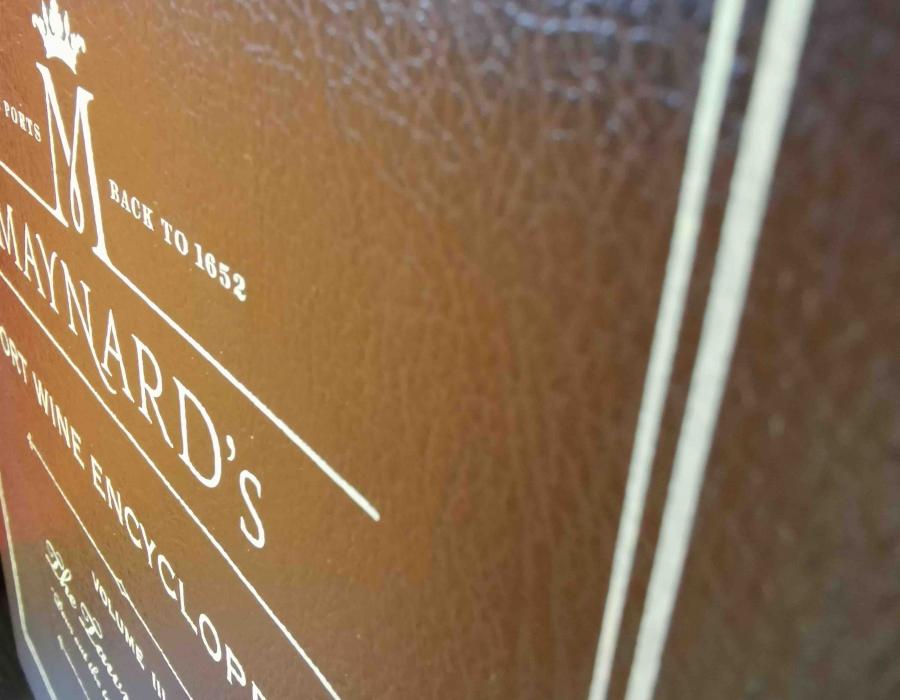
3. Paper or substrate
As we have already seen, the tray feeds the paper to be processed. The material must be as flat as possible if an optimal result is to be obtained. Similarly, fibre direction can help in the application of the ink, although it is not an excluding factor, since this technique does not put pressure on the paper. The sizes accepted by machines vary, depending on the manufacturer, although by way of example Esparbé works with 45×32 or 70×100 formats and the maximum thickness accepted is 1 mm (1000 µm).
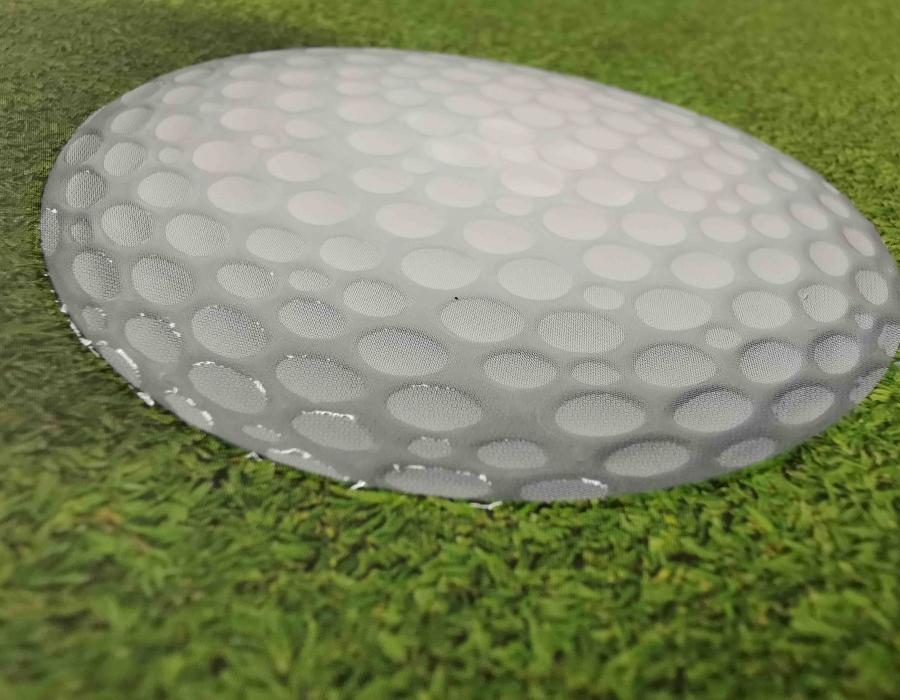
4. Inks
There are different types, although the most common ones are those containing a solvent, or the conventional UV inks. Apart from colour, transparent varnishes can also be used. Both products can create volume in printing, although a greater relief or embossing may generate more problems in the drying process. In order to achieve more spectacular results, there are different inks, including scented, rubber-based or glitter inks.
There are two characteristics of this component that should be taken into account for the purpose of application: density and transparency. The first parameter will determine how easily the liquid can cross the mesh (the greater the density, the more difficult penetration will be and the use of screens with few threads will be preferable). On the other hand, the second variable means that depending on the colour of the substrate and the ink, the shade of the final result will change. For example, pastel colours are more transparent and this is a tendency that often occurs when a colour lighter than the background is applied.
Each ink has its drying time, which will also depend on the amount applied. It should be remembered that certain forms, such as fonts of 12 points or less, are very difficult to print using this technique. Moreover, in order to be able to apply the screen-printing process with registration, suitably-sized blank areas should be left and thin lines avoided (such as Times New Roman).
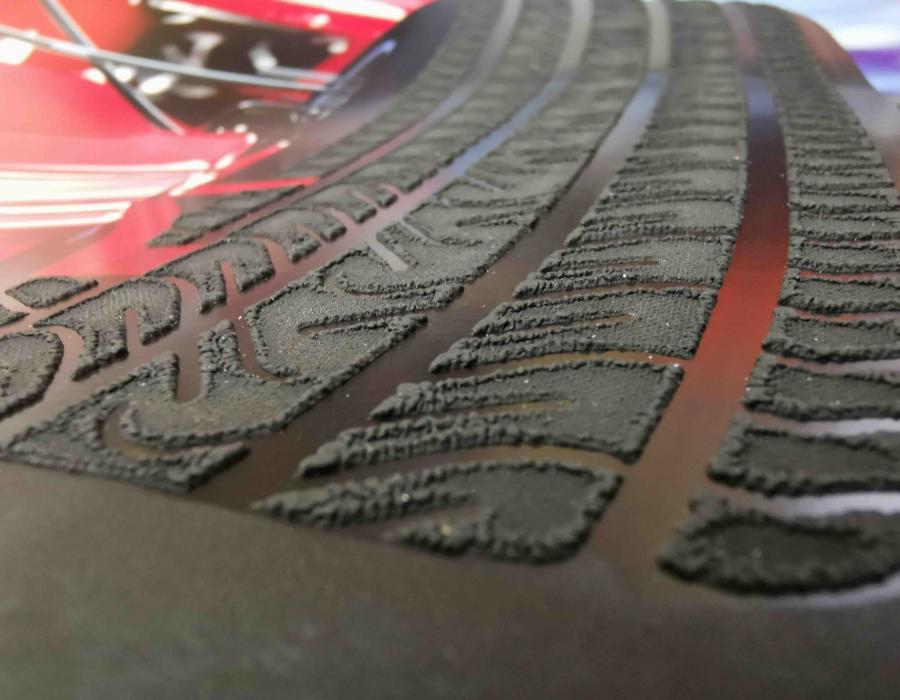
5. Registration
The drying process spoils the paper. With this premise in mind, this technique makes it possible to apply ink to the same material twice, although it can cause registration problems. It should also be remembered that thin lines are difficult to achieve, meaning that the bigger the form or the colour mass the better the results will be.
In this regard, it is indispensable to be aware of one mandatory rule in this processing technique: you cannot print after screen-printing. For this reason, the following order should be observed: offset first, followed by screen-printing and finally stamping.
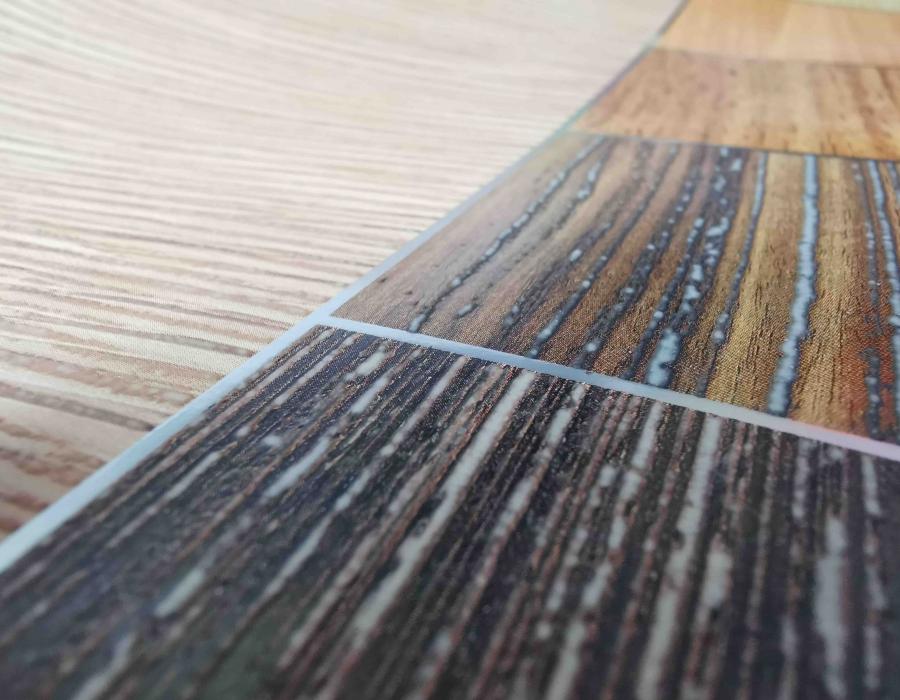
6. Drying
There are two ways of performing this process: by heat or by UV rays. The first type is performed using a tunnel dryer at temperatures ranging from 45ºC to 140ºC. More or less heat will be required depending on the type of ink applied: normal inks dry between 45ºC and 90ºC, whereas special inks need to reach 140ºC.
In the case of UV drying, the inks react to ultraviolet light, as the name indicates. When we talk about this method, temperature is not regarded as what dries the liquid, but rather it is called impact. We can therefore say that inks receive an impact of 800ºC.
7. Substrate
In this variable, the main factor that requires attention is the substrate’s surface, which will preferably be smooth. The porosity of the material, which can also affect the final outcome, is regarded as less important. Due to this, embossed substrates can be screen-printed, although the deeper they are the greater the likelihood of error. For this reason, if the ink enters the embossed area it may produce shadows that will cause a colour change effect, and a second shot will be required.
Moreover, if the paper is highly embossed, with many off-levels, a poor-printing effect may occur and the ink may not adhere properly to the surface. This may be due to the fact that the liquid being applied is very dense, since this is necessary to obtain the desired result; or because it is so liquid that it fails to dry.
Conclusion
Screen-printing is a technique that can be applied to numerous materials, although not industrially, depending on the variables. Each paper and each print job will call for a specific ink and screen. Numerous factors must be taken into account depending on the desired result: a great deal of ink is required for embossing, although it may not dry properly; if precision is the objective, a large number of threads need to be used, although in turn the ink must be very liquid and cannot be embossed or under-coating will occur.
Despite these limitations, a good knowledge and a proper planning of jobs with this method can yield very good results. There is no single solution applicable to all projects: the best option is to employ trial and error until the desired finish is obtained.
